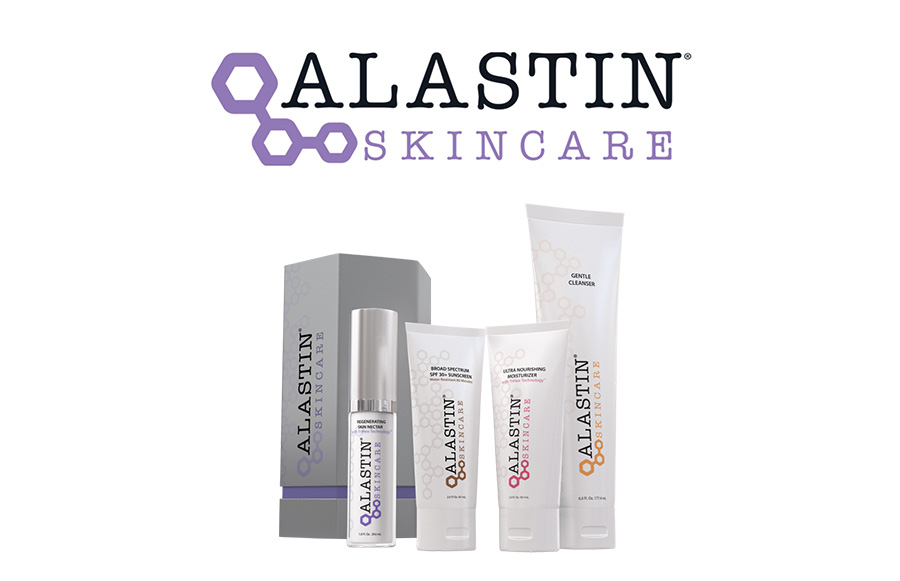Serving Beverly Hills, Los Angeles, Santa Barbara and surrounding areas
Chemical peels can be done on the face, neck, or hands. They can be used to:
- Reduce fine lines under the eyes and around the mouth
- Treat wrinkles resulting from sun damage and aging
- Improve the appearance of mild scars
- Treat certain types of acne
- Reduce age spots, freckles, and dark patches (melasma) due to pregnancy or taking birth control pills
- Improve the look and feel of skin
After a chemical peel, skin is temporarily more sensitive to the sun, so wear sunscreen every day. It should say “broad-spectrum” on the label, meaning it protects against the sun’s UVA and UVB rays.
Understanding the procedure
The doctor first cleans the skin thoroughly and then applies one or more chemical solutions, such as glycolic acid, trichloroacetic acid, salicylic acid, lactic acid, or carbolic acid (phenol), to small areas of your skin. That creates a controlled wound, allowing new skin to take its place.
During a chemical peel, most people feel a burning sensation that lasts about five to ten minutes, followed by a stinging sensation. Putting cool compresses on the skin will ease that stinging. Pain medication may be required during or after a deeper peel.
What to Expect Afterwards
Depending upon the type of chemical peel, a reaction similar to sunburn may occur following the procedure. Peeling usually involves redness followed by scaling that ends within three to seven days. Mild peels may be repeated at one to four-week intervals until you get the look you’re after.
Medium-depth and deep peeling may result in swelling as well as blisters that may break, crust, turn brown, and peel off over a period of 7 to 14 days. Medium-depth peels may be repeated in six to 12 months, if necessary.
After treatment, the patient will apply an ointment for several days on part or all of the skin that was treated. Also, it’s advisable to avoid the sun for several months after a chemical since the new skin will be photosensitized.
Is a Chemical Peel Right for You?
Generally, fair-skinned patients are better candidates for chemical peels. If you have darker skin, you may also have good results, depending upon the type of problem that’s being treated. But you also may be more likely to have an uneven skin tone after the procedure.
Skin sags, bulges, and more severe wrinkles do not respond well to chemical peels. They may need other kinds of cosmetic surgical procedures, such as laser resurfacing, a facelift, brow lift, eyelid lift, or soft tissue filler. Dr. Moradzadeh can help determine the most appropriate type of treatment for you. Be sure to notify the doctor if you have any history of scarring or cold sores.
Other Considerations
Some skin types are more likely to develop a temporary or permanent color change in the skin after a chemical peel. Taking birth control pills, subsequent pregnancy, or a family history of brownish discoloration on the face may make that more likely.
There is a low risk of scarring in certain areas of the face. Some people may be more likely to scar. If scarring does occur, it can usually be treated effectively.
For people with a history of herpes outbreaks, there is a small risk of reactivating cold sores. The doctor will prescribe medication to prevent it.


